$3.50
Tens and Ones Worksheets for Kindergartens and Preschoolers (Ages 5+)
Place Value, skip-counting patterns: Kindergarten Math Worksheets PDF or hard copy
Children learn to distinguish between digits and numbers using two-digit numbers. They learn to compose and note two-digit numbers and decompose the two-digit numbers into tens and ones.
Additionally, children learn to recognize number sequences and fill in their missing elements.
25 pages
Buy a PDF (printable version) for $3.50
or
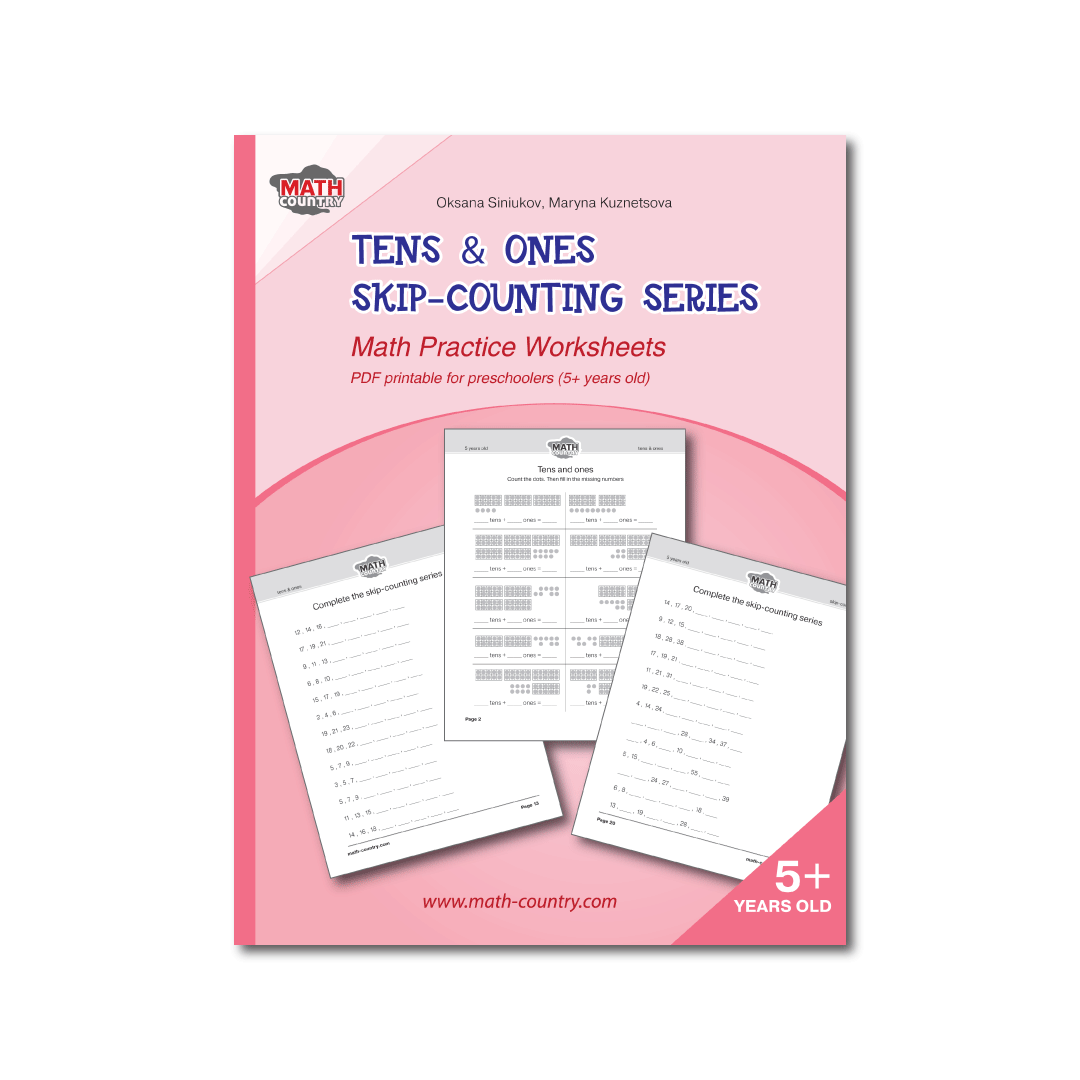
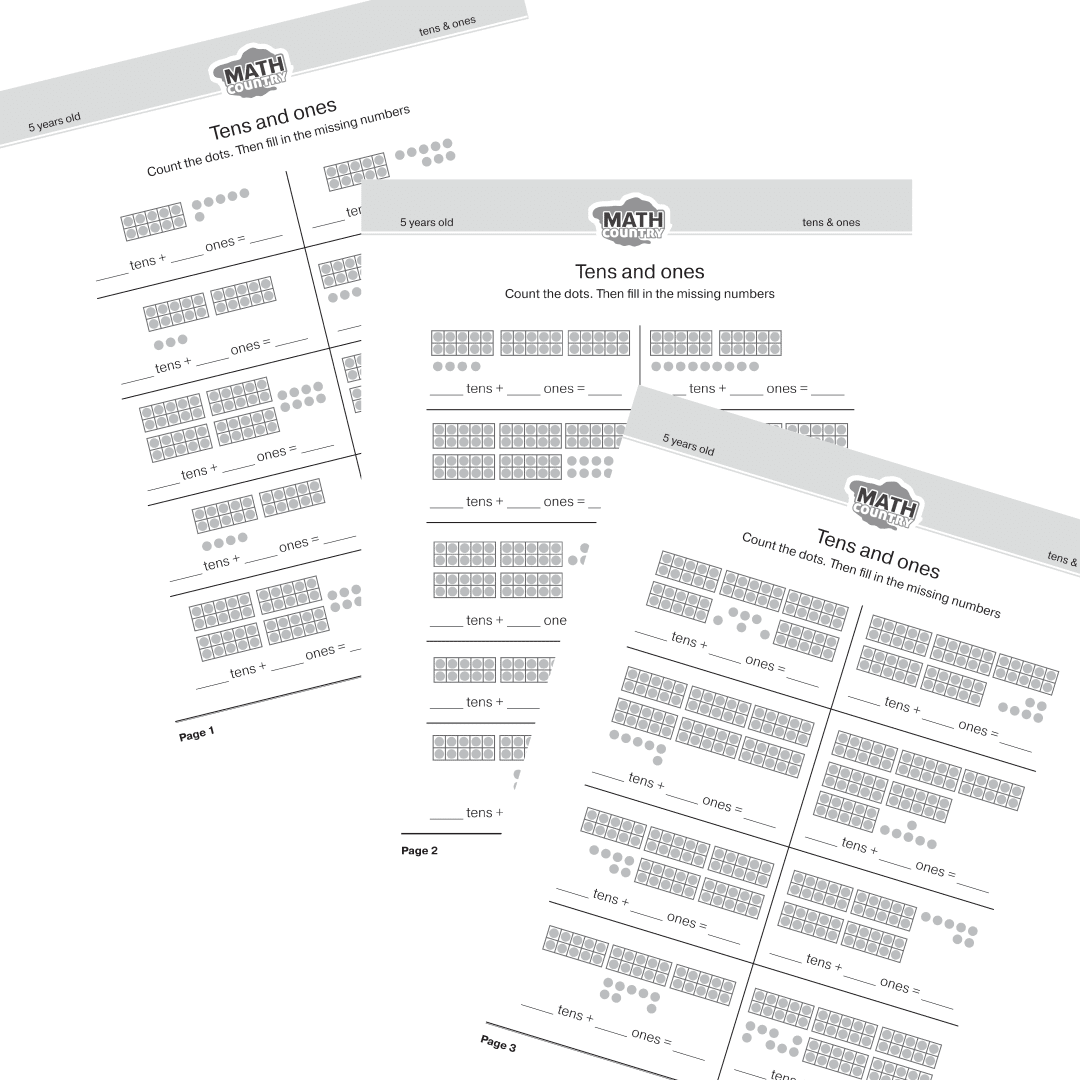


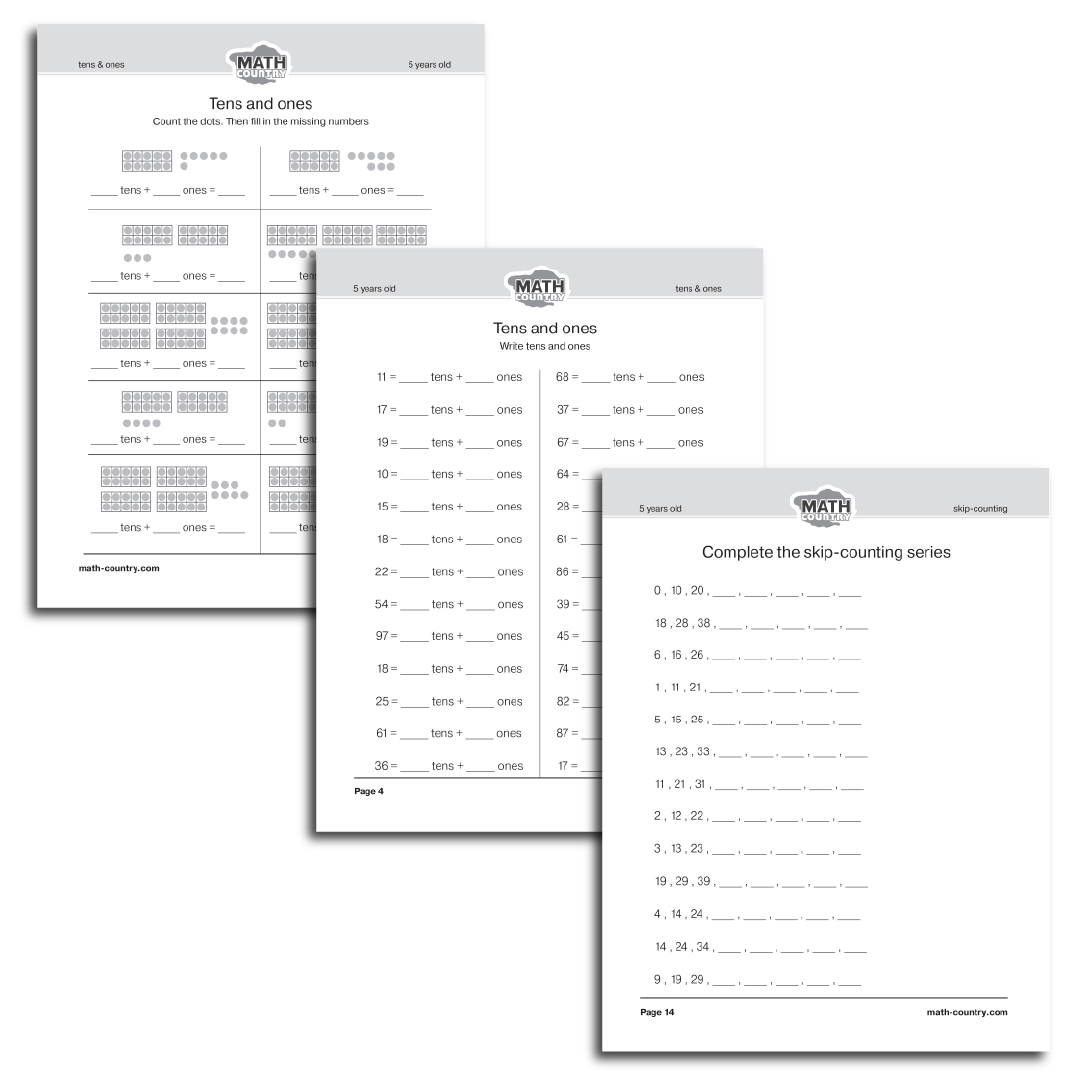
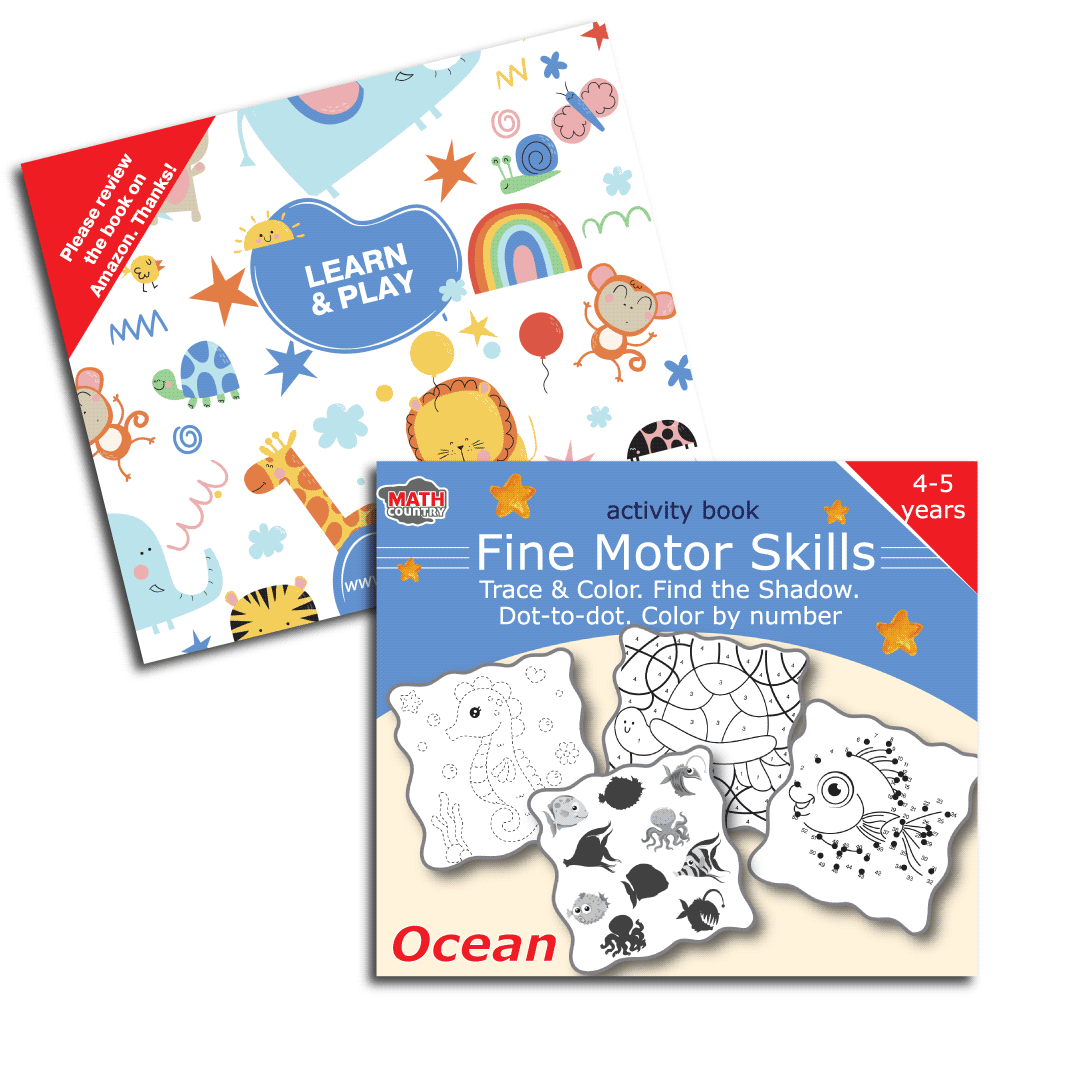

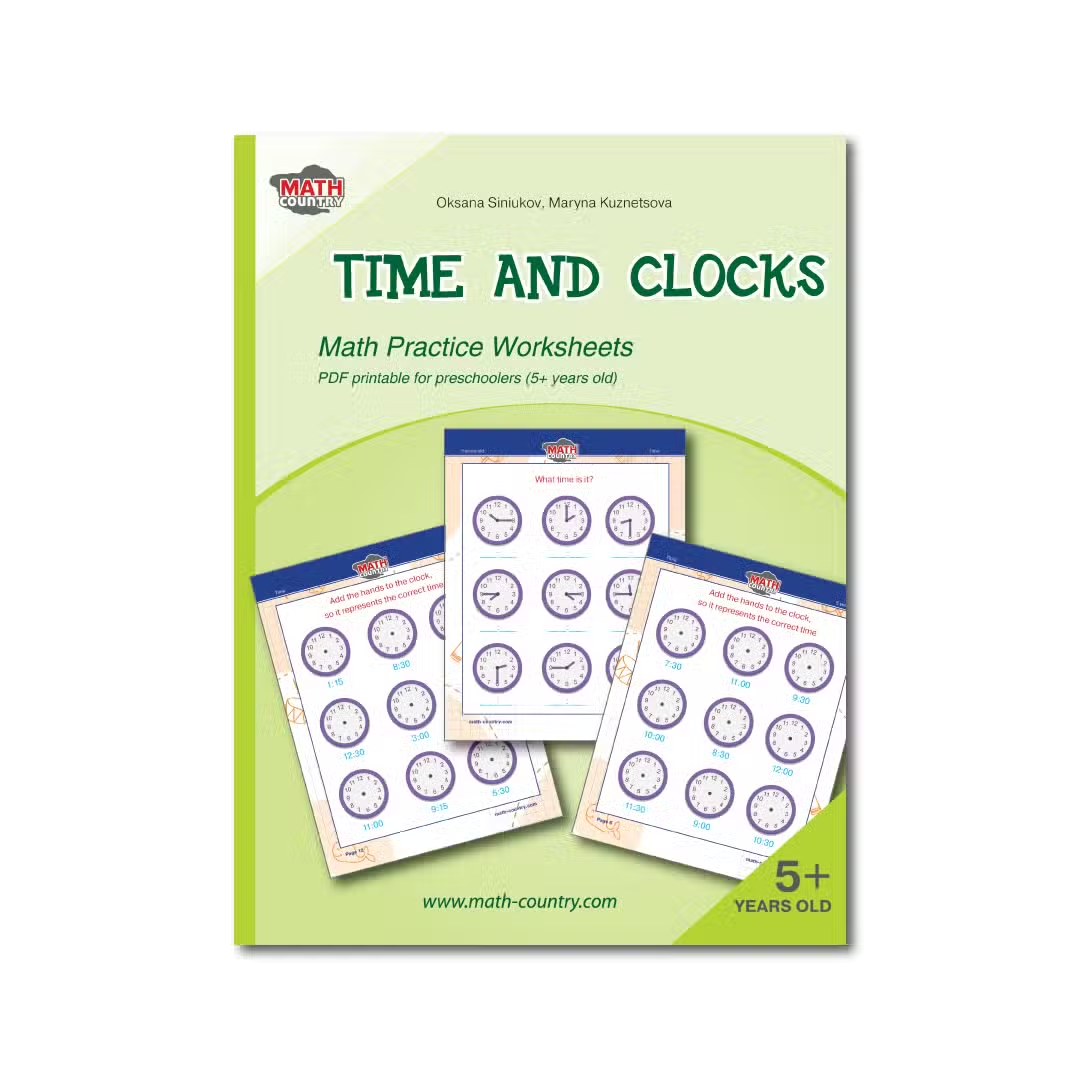
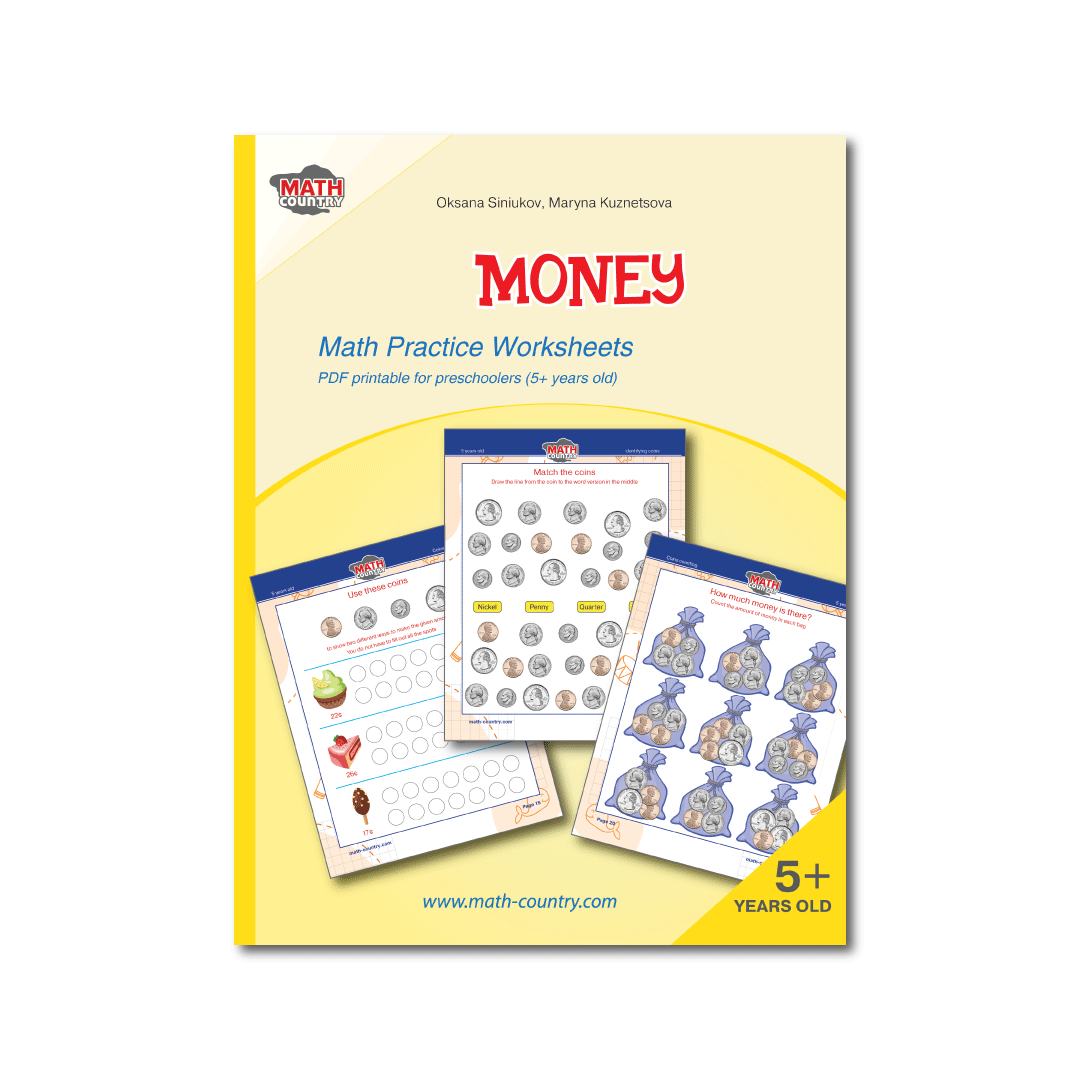
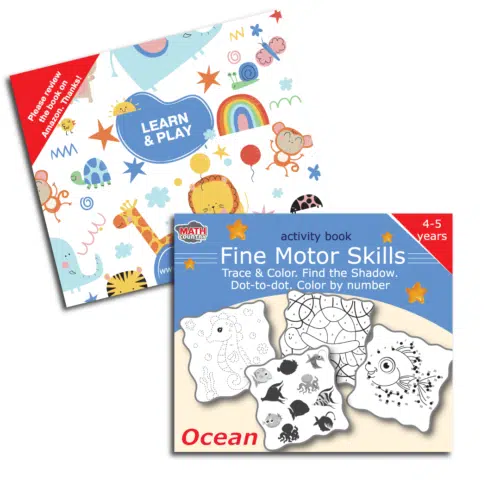
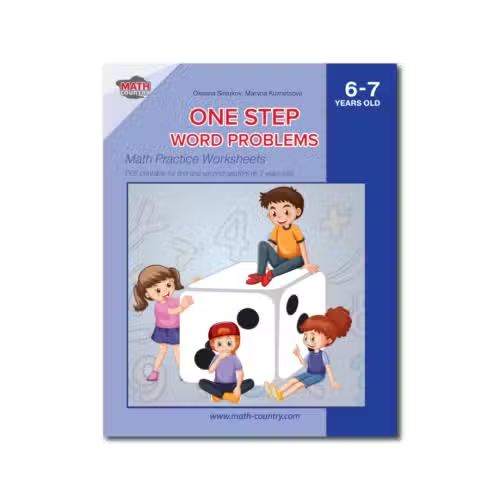
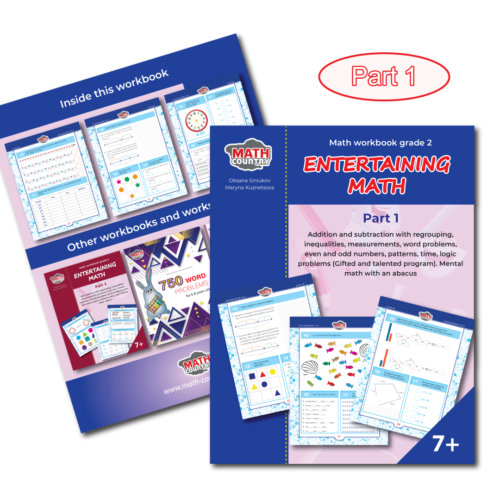
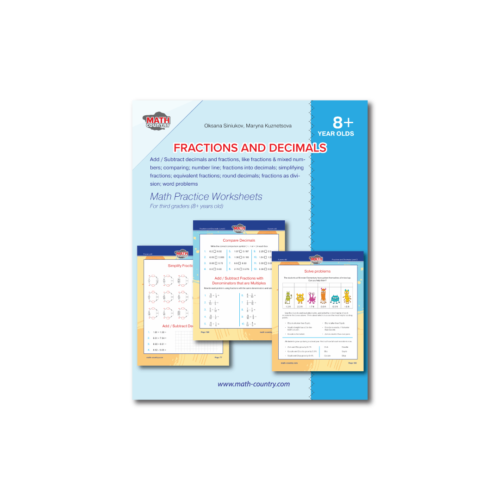
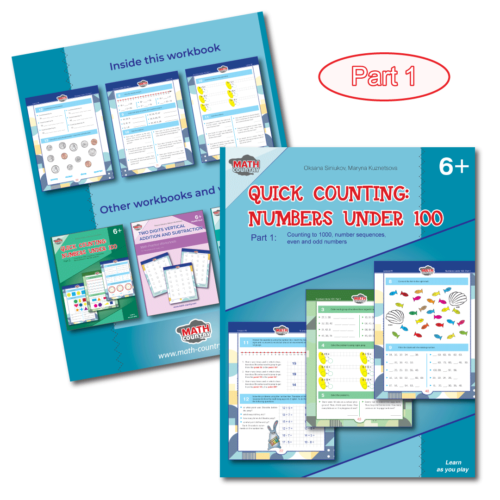
Mia –
Valeria –